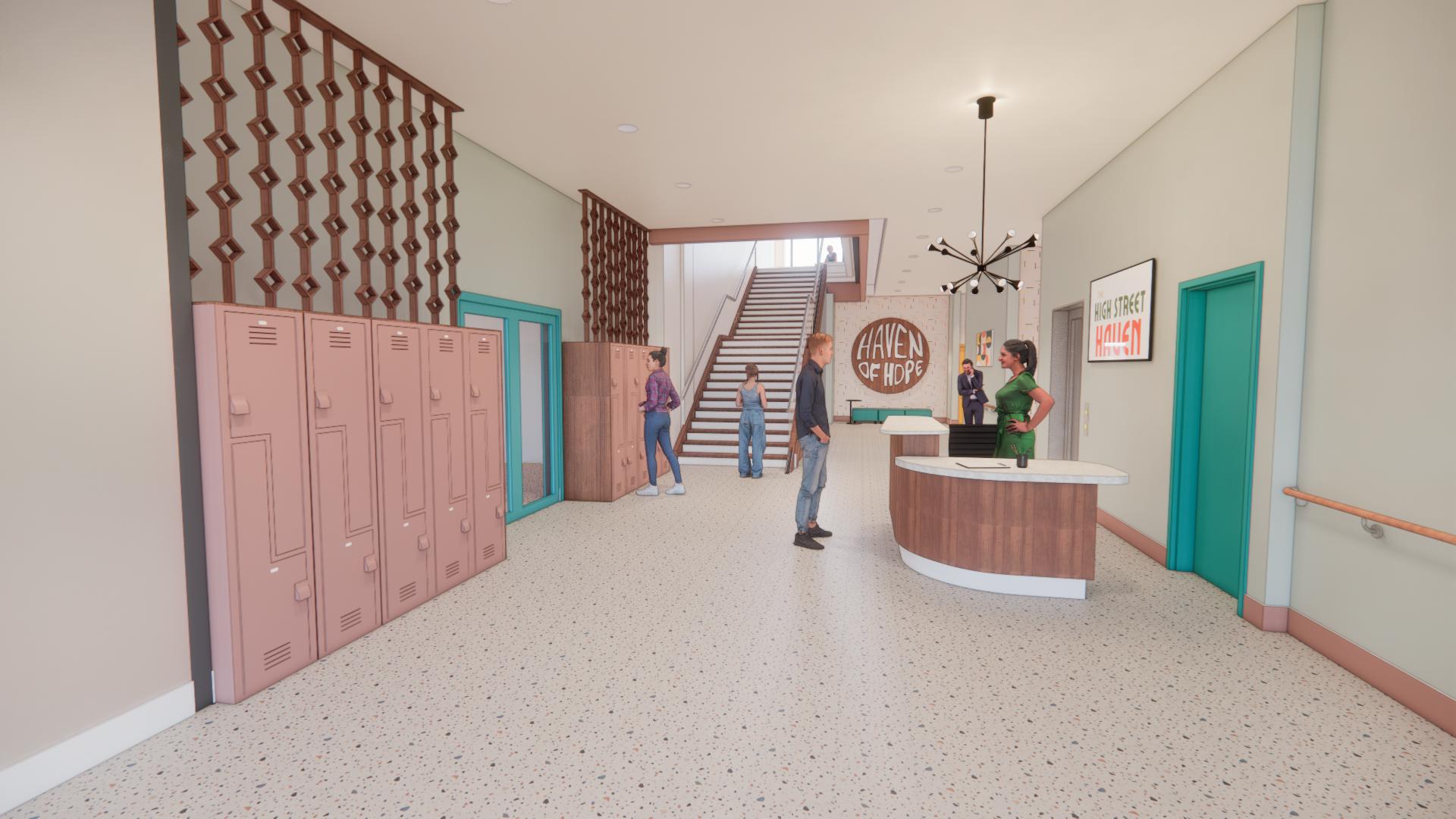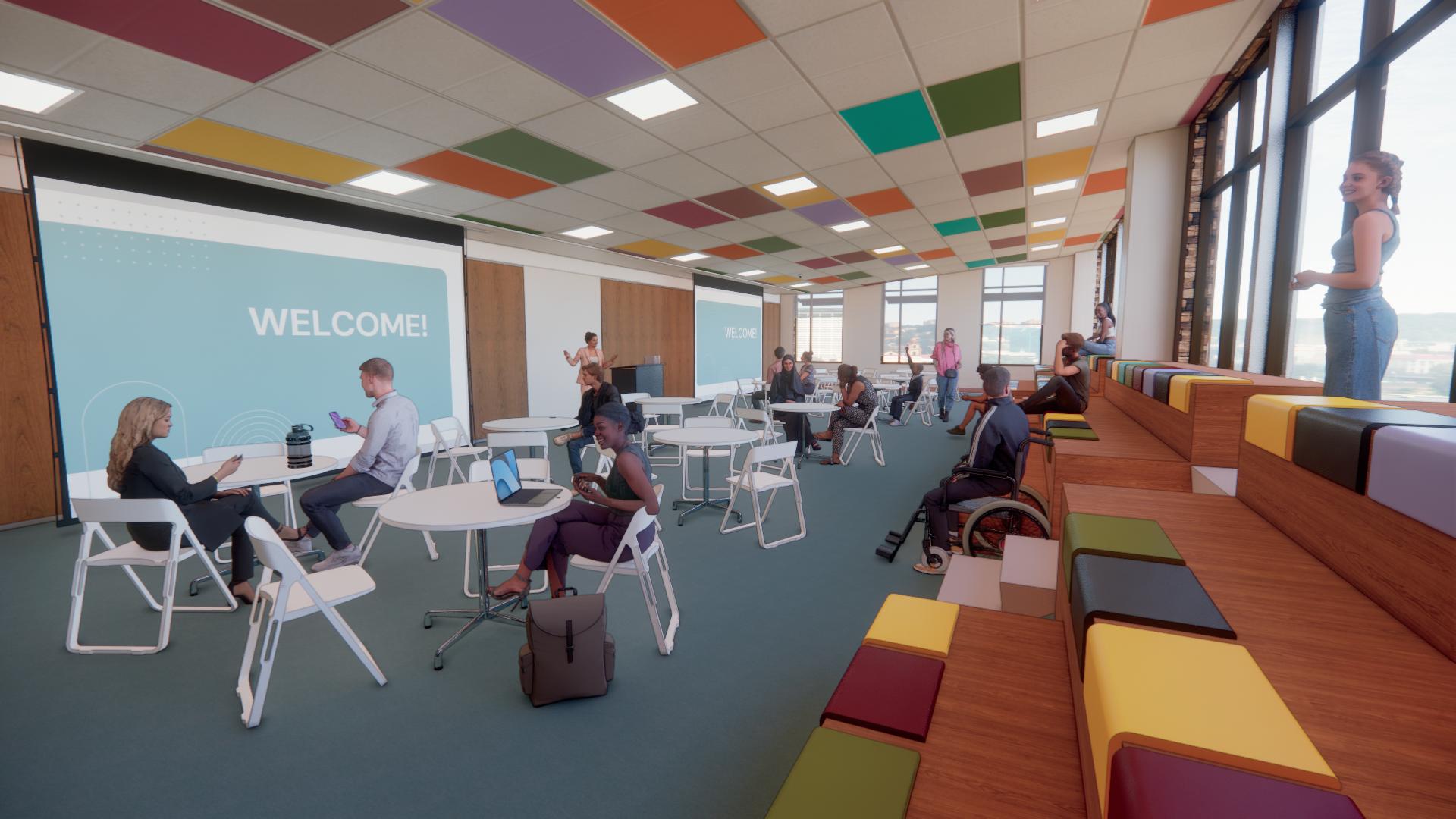
1 minute read
LEARNING SPACES
Support project-based learning opportunities: Create seating groups suitable for team projects and consisting of distinct zones. Enhance acoustics to balance classroom chatter during discussions. Provide storage for a variety of supplies. Remove clutter an only leave objects and decor that serve a purpose (Rinaldi, 2016).
Be prepared to personalize learning: Allow appropriate space for aides and translators. Facilitate individual conversations with teacher and students. Provide necessary technology support for AAC (Augmented and Alternative Communication) and other assistive technologies, utilizing overhead or portable power sources to prevent hazards caused by cords (MEXT, 2012). Use movable dividers to break up the space if multiple activities are co-occurring (MEXT, 2012).
Advertisement
Embrace learning by doing: Design realistic experiences of life skill settings: kitchens, laundry rooms, store setups, driving simulators (MEXT, 2012). Include extracurricular activities such as art, music, physical education, computer, and clubs (MEXT, 2012). Use workstations that can be raised and lowered to include wheelchair users or smaller students (Abend, 2001).
Concealed storage to reduce visual clutter which is known to increase distractions
High tables which can serve as standing desks without any adjustments
Traditional desk clusters which can be rearranged based on classroom activities
Lounge style seating arranged in semi-circles for any vision or hearing impairments







